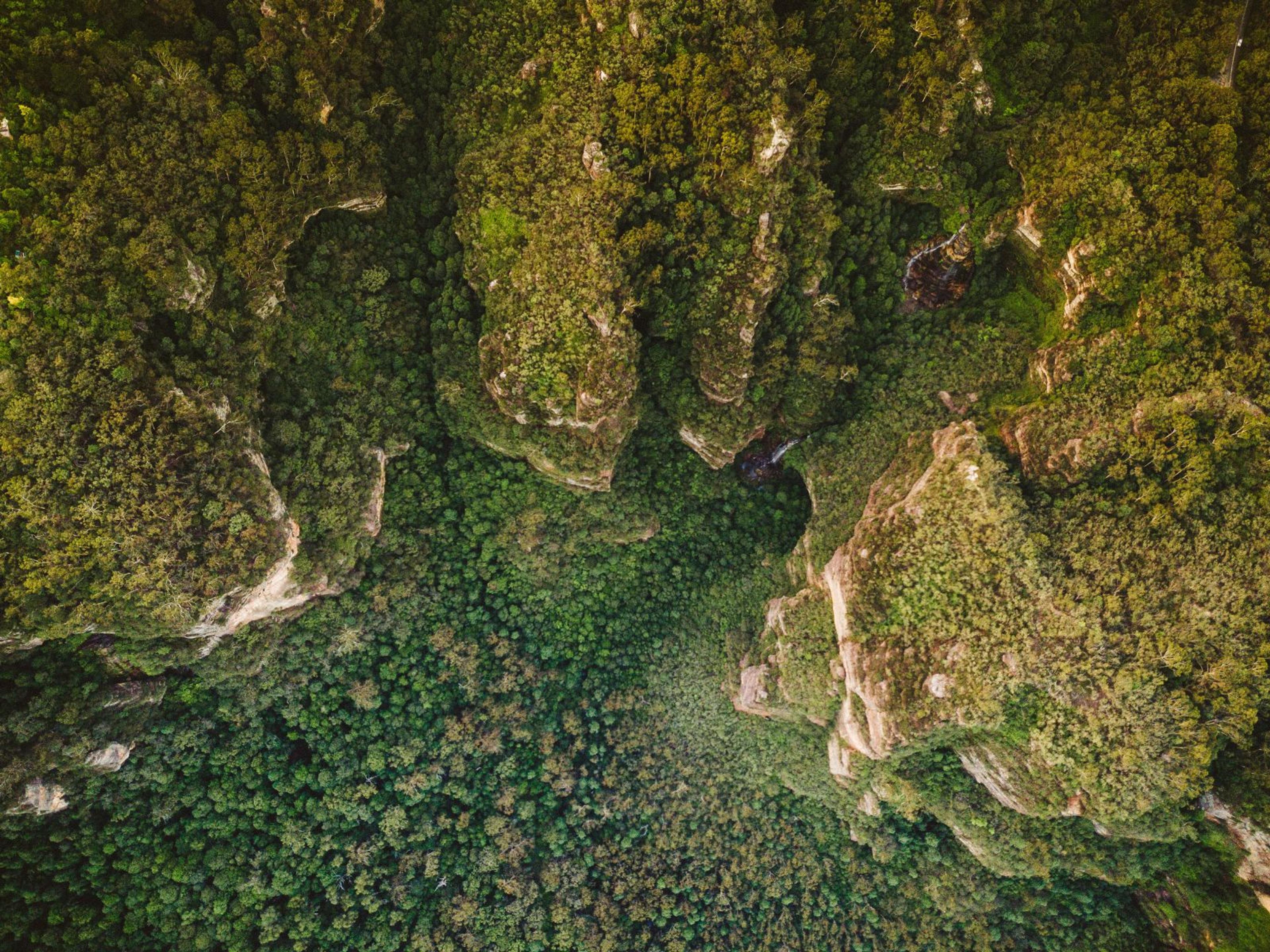Investing in Proving and Deepening Nature-Based Solutions Markets for Regeneration
“Biodiversity is the manifestation of spirit.”
— Oral McGuire Ballardong Noongar | Community Leader | Commonland 2019
Our research identified deepening nature-based solutions markets as an area with a lot of 'heat' in terms of investor and industry interest and developing activity.
We also heard that there are some serious risks and pitfalls in developing the nature-based solutions market, and it is going to take some careful work to ensure initiatives in this realm push us towards a regenerative future, rather than propping up the status quo, albeit with a green tinge.
The evolution of ESG and SDG frameworks and reporting requirements, along with shifts like the Task Force on Climate-related Financial Disclosures and growing community/customer awareness is helping to drive the interest and opportunity in the natural capital market space. UNEP’s 2021 State of Finance for Nature analysis found that currently $133 billion is invested annually into these markets (most of which comes from public sources) but total investments of $8.1 trillion will be necessary by mid-century to pull us back within planetary boundaries (UNEP 2021).
While we heard concern about 'monetising nature' and the intrinsic value of all she provides, we also heard pragmatism from a range of practitioners that the current status quo of not valuing ecosystem services is clearly failing. The strong sense is that money can be used as a tool for good in this space, but only if done so with integrity and equal, if not greater weight, given to non-financial returns, values and the input and sovereignty of communities, farmers and land stewards.
We also heard concern and scepticism about providing 'offsets' as a get-out-of-jail-free card for stakeholders polluting or emitting heavily, thereby not getting to the root of the problem.
So the question we then posed is — well is there a way we can do this nature-based solutions market thing without stuffing it up?
We heard yes, from a range of different perspectives — that, as Bruce Pascoe pithily stated about capitalism and market forces:
‘We do not need to throw babies and bathwater all over the geraniums in order to have a more sustainable world’ (12, 2021).
Shifting up a level from offsets to onsets
Applying blue ocean thinking to 'offsets' moves us from mere 'neutralisation' of like for like - emitting one tonne of carbon and offsetting it with another tonne - to the realm of regeneration through onsets. In the words of Paul Hawken, onsets are 'credits that go beyond neutralisation of a person’s or entity’s greenhouse gas emissions by restoring habitat and improving human well-being' and 'if hundreds of individuals and companies proactively purchased onsets, we would see measurable reductions in atmospheric carbon dioxide, more food security, more secure cultural integrity, improved gender equity, and greater climate resilience.' (Regeneration, 2020).
There is a whole lot of potential and impact that could be unlocked through applying holistic onset mechanisms across the food and fibre sector - check out our case study on the W+ standard for a working example of onsets in action.
Invest in developing the integrity of systems but let's get on with the job
We heard about the critical need to develop integrity of systems, data and metrics — to avoid greenwashing, and 'offtake' mechanisms that paper over damage elsewhere, and that the only way to do this is with rigorous, legitimate data that provides a line of sight.
At the same time, we heard from quite a few players that there is A LOT of investment going into measurement and metrics but the clock is ticking in the critical decade and we can learn by doing. With investable initiatives ready to go, being led by actors with deep experience and trust across our agricultural communities, let's get on with it, prove them up and build out the measurement and data tools as we go. We need investors to step in as co-creators here.
Take a holistic approach that is farmer informed and works across landscapes and supply chains
We also heard about ways to deepen the role of this market in driving landscape transitions. For example, finance mechanisms that provide support and education services alongside baselining and set up costs — to build the capacity of farmers to deliver biodiversity and carbon outcomes, but also to ensure there's a values base driving this transition beyond the money. Or working at a regional/ecosystem level to develop peer learning and support groups of farmers to drive ecosystem scale change, while also serving as a 'mutual' to aggregate credits and access buyers they wouldn't be able to access individually.
A key theme across these conversations was the importance of being farmer informed in how things are designed and structured — with an eye on the sovereignty of data and assets at the farm level.
A few conversations also touched on the opportunities to embed natural capital in supply chains, so that, for example, a clothing company chasing climate-beneficial fibre has the metrics and transparency to differentiate across producers and pay a premium.
While yes, there is huge scope across this playing field for all forms of finance, we heard that there is still a strong role for philanthropy to do some of the early proving and piloting work and to enable some of the deeper values and integrity frameworks to be developed.
Given the marketplace, there is great potential for these pilots to be revolving funds not requiring ongoing finance.
“I think investment now has to be focused on making it real.
If you look at how the carbon market developed, it started out with methodologies that were too complex. It really didn't work and has been redone and redone to get to where it is actually usable.
The main lesson from carbon is you really don’t make progress until you actually try and operationalise it. Otherwise, it's just academic and you don't find out the pitfalls and costs until you try and do it.”
— Terry McCosker Carbonlink - Chairman | Interview 2022
“From a philosophical perspective, it doesn't feel good to put a price on nature — because those things are invaluable and have a meaning beyond a dollar value.
But we are in a society where we are making financial decisions all the time and because we have said these resources are free, that has let us damage Earth irreparably.”
— Jane Hutchinson Pollination Group | Interview 2022
“We've been working to create infrastructure that enables communities of practice to form in local regions which can then deliver landscape-level impact outcomes.
Then we can structure transactions that enable the delivery of those outcomes that are valued by the market. So that’s individual farm level, to community of practice to landscape transaction.”
— Rohan Clarke Regen Farmers Mutual - Director | Interview 2022
“The amount of regeneration that's needed around the world is huge.
And if we're going to keep loading the price of the products we're producing with the cost of that regeneration, that's going to price it out of significance to a lot of people around the world and make it too uncompetitive and too costly.
But to be able to value these things separately, we can share both sides of it.”
— Ian Haggerty Prospect Pastoral Company | The RegenNarration Podcast with Anthony James, episode 142, 2022.
This article is an extract from Regenerating Investment in Food and Farming: A Roadmap.

